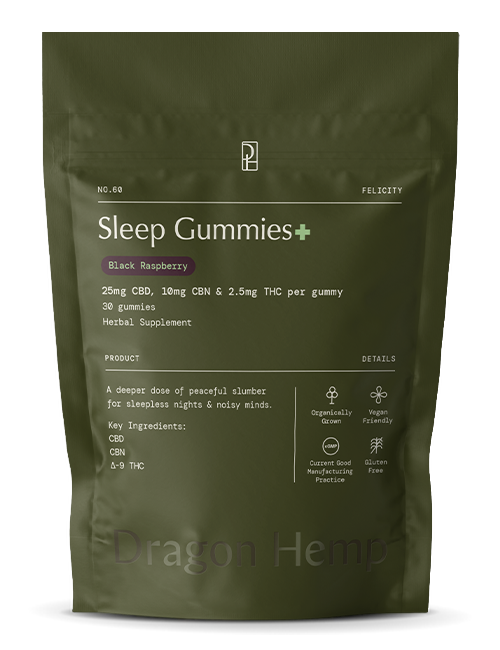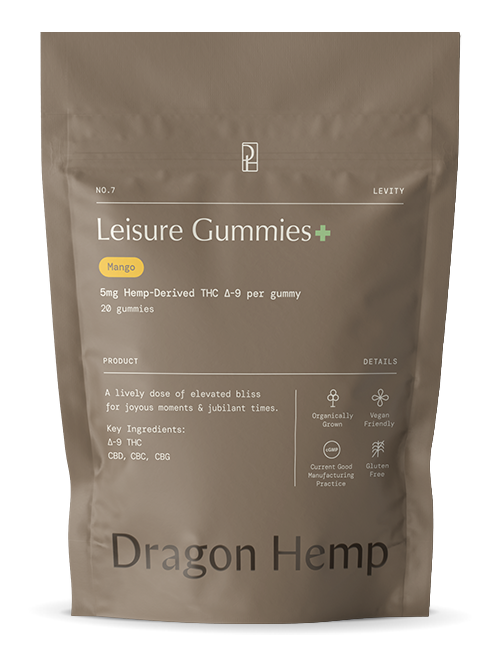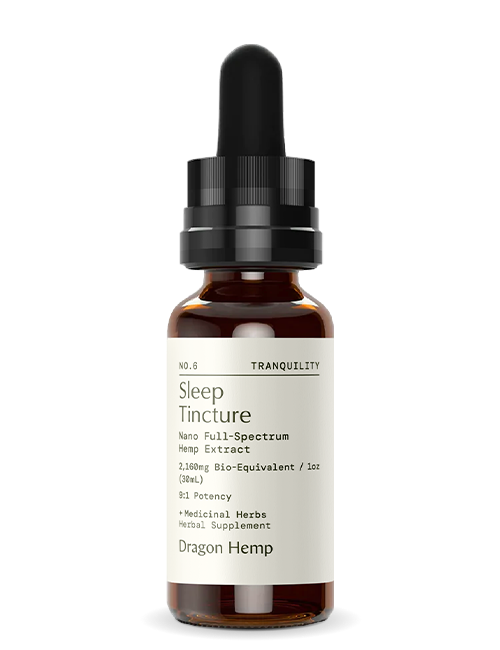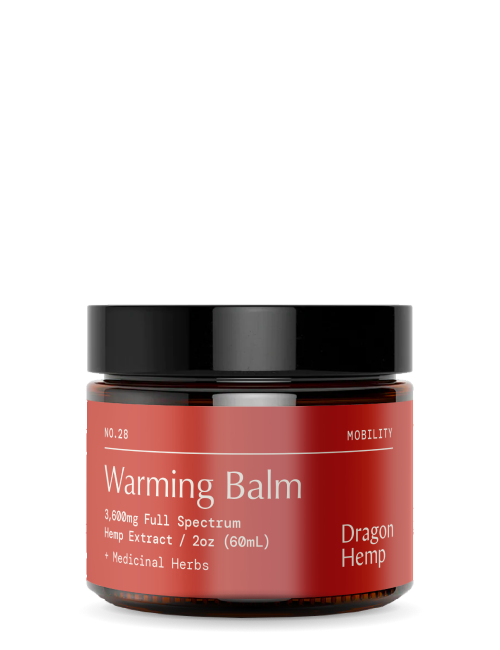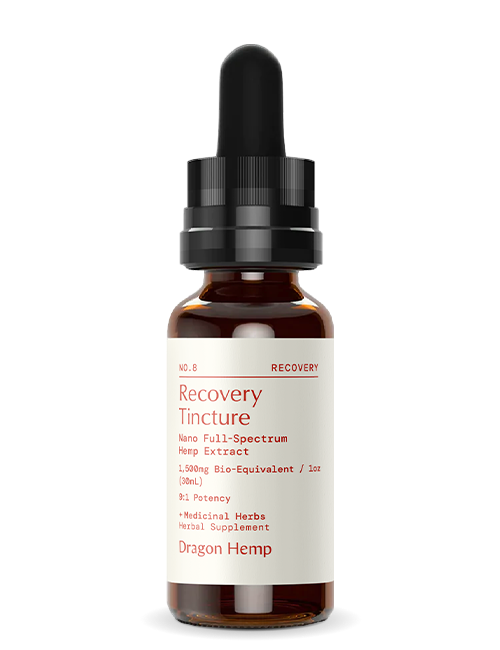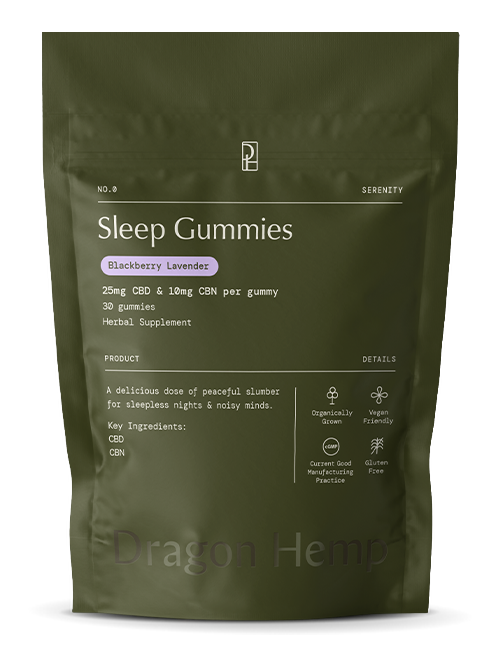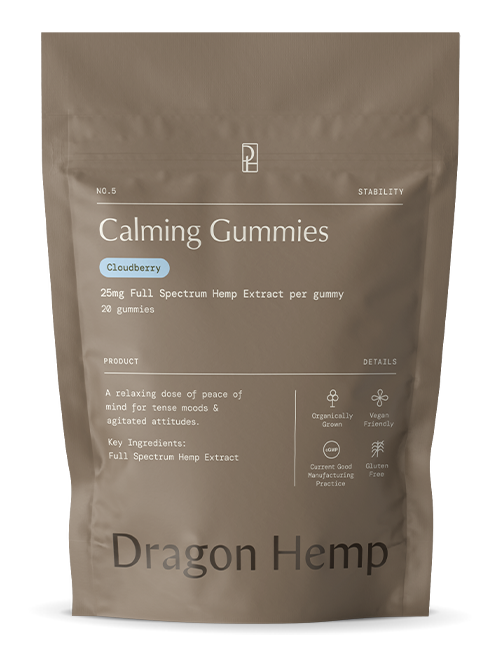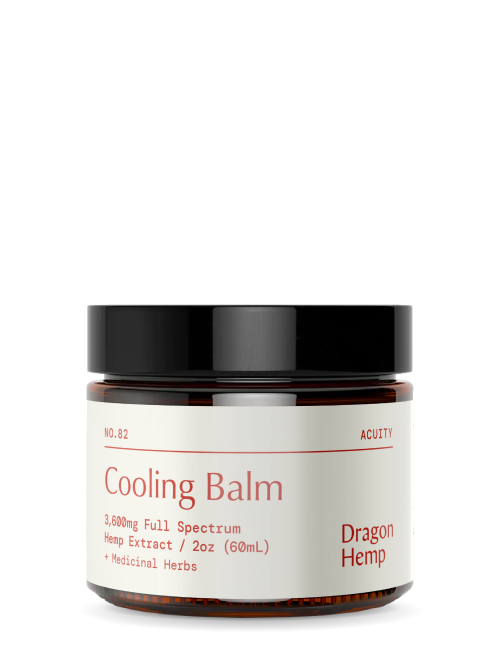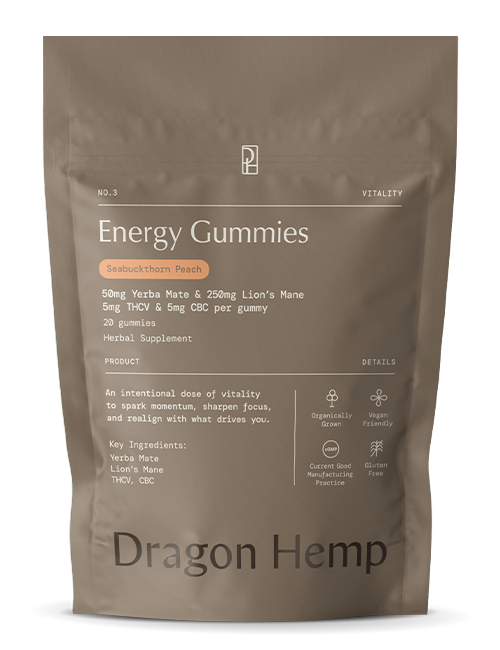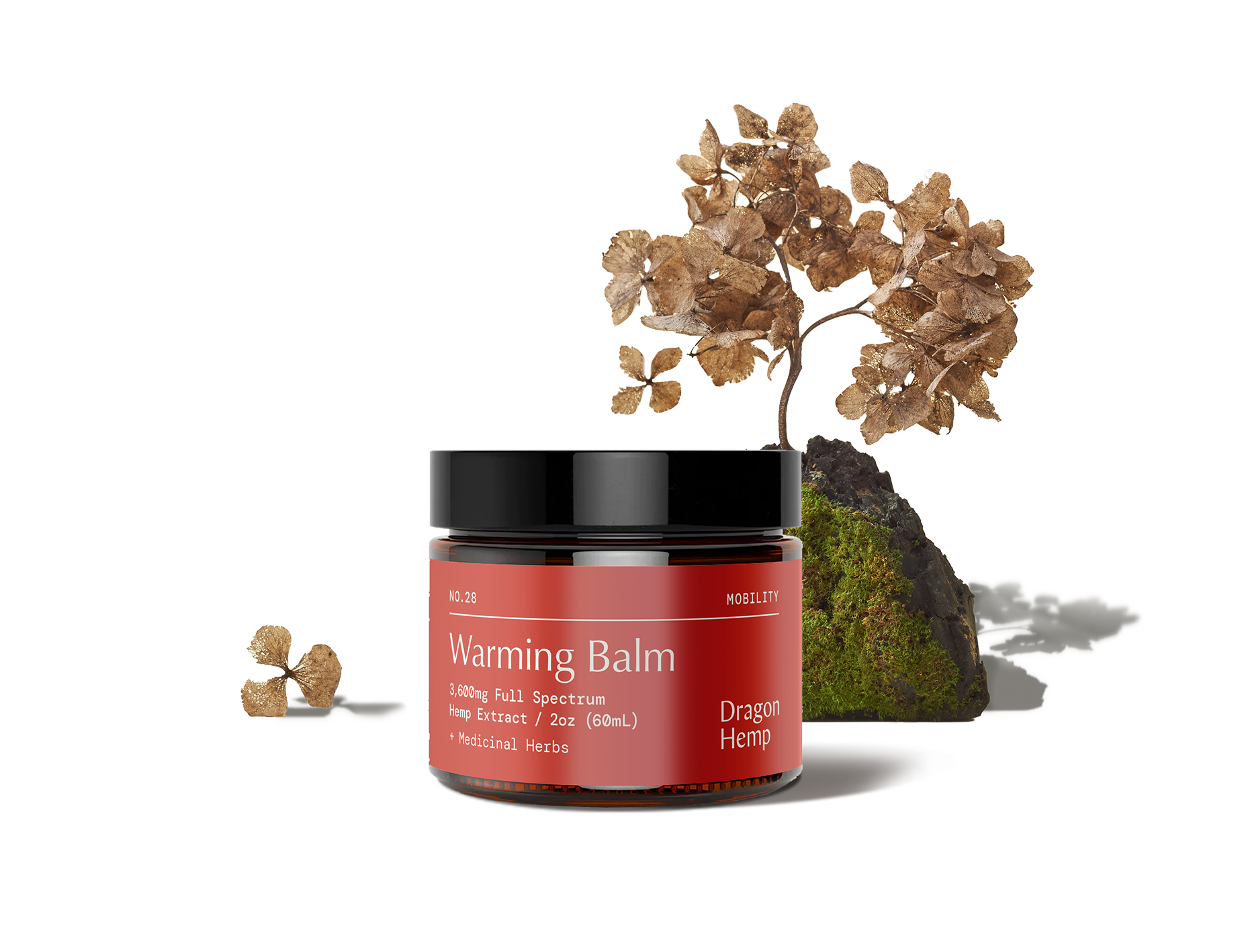
What is the Difference Between CBD and CBC?
Cannabis research may not be as scarce as we initially thought. While it may have been recently revived as a field of study in the United States, in countries like Israel, cannabis research has been ongoing since the 1950s.
Most of what we know about cannabis today is due to scientists from places like Israel, The Netherlands, Spain, and Canada. And thanks to their efforts, we now know that cannabis has over 100 cannabinoids, each with unique properties and health benefits.
Cannabidiol (CBD) is undoubtedly one of the most well-studied cannabinoids. So, we know substantially more about it than other cannabinoids. But as cannabis research expands, more information is coming to light regarding lesser-known cannabinoids like cannabichromene (CBC).
Not many people can distinguish between different cannabis compounds. But for avid proponents of cannabis, it helps to know a bit more. So, the primary objective of this article is to differentiate between CBD and CBC. We also discuss their potential health benefits and tell you where to get high-quality CBD and CBC.
Key Takeaways
- CBC partially binds with CB1 and CB2 receptors, while CBD partially interacts with CB2 receptors and is a CB1 antagonist.
- Besides the CB receptors, CBC also exerts its anti-inflammatory and pain-relief effects through vanilloid and ankyrin receptors, e.g., TRPV1 and TRPA1.
- CBD, on the other hand, activates the 5-HT1A receptors to achieve the same results.
- Both cannabinoids are non-psychoactive.
- CBC-rich strains are fast disappearing due to breeding programs focusing more on CBD and THC.
What is CBD?
Cannabis contains many different chemical substances, such as cannabinoids, terpenes, flavonoids, fatty acids, and vitamins. It has over 100 cannabinoids, with CBD and THC being the most studied and popular.
CBD is a non-psychoactive cannabinoid found in cannabis in decent amounts. As breeding programs continue to advance, developing more CBD-rich strains has been possible. As a result, strains with CBD content in the high 20 percent are increasingly common.
This cannabinoid is the second-most abundant in landrace strains but is easily the most abundant in engineered strains. That’s because, since its discovery, it has been associated with wide-ranging health benefits. Subsequently, breeders have focused more on creating strains with higher CBD content.
Its sky-high popularity, coupled with extensive research, has made CBD somewhat of a baseline cannabinoid. When exploring the lesser-known cannabinoids, researchers commonly compare their properties with those of CBD.
The CBD you find in commercial cannabis products is derived primarily from hemp. Hemp typically contains low amounts of THC than recreational cannabis, making it ideal for the industrial production of cannabis products. That said, CBD can also be made synthetically.
What Is CBC?
Once the third-most abundant cannabinoid after THC and CBD, cannabichromene (CBC) is a lesser-known cannabinoid. It exists in substantial amounts in landrace Indian strains, sometimes even more than CBD.
Unfortunately, it is quite sad that very few remaining cannabis strains have high CBC concentrations. After the 2018 Farm Bill, breeders overly focused on producing CBD or THC-rich strains owing to their high demand. This was followed shortly by CBG and CBN, which are also quite popular on the market.
However, new research findings on CBC’s exceptional health benefits could just be the incentive breeders need to develop CBC-rich strains. If anything, high-CBD strains are now popular and common; a few decades ago, they were not. So, watch this space.
CBC and CBD share striking similarities. For example, they are non-psychoactive, so you cannot get high from taking them. They do not bind strongly to CB receptors (CB1 and CB2), so they exert their effects via other receptors and pathways.
Be that as it may, CBC and CBD are fundamentally different. This is evident in their unique properties and interaction with the endocannabinoid system (ECS). In fact, were it not for the discovery of the ECS, we would not be any wiser about cannabis and its effects.
What are Cannabinoids?
Cannabinoids are a class of naturally occurring chemicals in the resinous glands of cannabis. Discovered in the 1950s, these bioactive compounds are thought to possess wide-ranging qualities with therapeutic implications.
In the old days, cannabinoids were consumed directly from cannabis, mostly through smoking. But with the availability of cutting-edge science, it is now possible to harvest these compounds in various forms.
That is why you will find different cannabis products with labels like “full spectrum,” “broad spectrum,” “whole plant,” or “isolate.” These are essentially descriptions of the type of cannabinoid(s) contained in the product.
Each type of cannabinoid has its merits and demerits. For example, full-spectrum cannabinoids are potentially the most effective due to the “entourage effect.” This is the idea that when combined, cannabinoids synergize to bring out the best in each other.
However, since full-spectrum cannabinoids come with a little THC, they could be psychotic if taken in large amounts. This effect may not be ideal for people with a history of mental problems.
Fortunately, commercial cannabis products typically have low amounts of THC (0.3% or less), in line with the 2018 Farm Bill. That means it is not easy to get intoxicated by these products – technically.
However, the reality is that people respond differently to THC. Those with low THC tolerance can feel the effects with doses as low as 2.5 milligrams (mg). Others may need as much as 50 mg to experience THC’s effects. This is why it is advisable to start with lower doses until you know how your body reacts.
Potential Benefits of CBC
So, why would you want to take CBC? Well, the logical answer is that this cannabinoid has numerous potential health benefits, including:
If CBD’s most established beneficial effect is anti-seizure, CBC’s top effect must be anti-inflammatory. This cannabinoid displays strong anti-inflammatory qualities, suggesting it may help manage inflammation.
According to a study, CBC exhibits potent anti-inflammatory effects in animal models. That’s because, unlike other cannabinoids, CBC interacts more strongly with receptor sites involved in pain response and inflammation. These are the transient receptor potential vanilloid 1 (TRPV1) and transient receptor potential ankyrin 1 (TRPA1).
Pardon the tongue-twisting, but if you’ve ever taken chili, you’ve probably experienced what happens when these receptors are activated. It turns out chili has a chemical called capsaicin that activates TRPV1 receptors creating the ‘hot’ sensation.
Combining CBC with THC has been shown to enhance its anti-inflammatory effect significantly. This is based on a recent study that showed these cannabinoids produced a stronger effect on inflammation when used together. Perhaps more than anything, this finding proves that the “entourage effect” is real.
As a result, a research team concluded that topical CBC formulations might help prevent acne. This condition is primarily caused by a buildup of lipids on the skin. Interestingly, CBC can suppress the excessive production of lipids by the sebaceous glands.
Moreover, CBC can also reduce arachidonic acid levels in the body, thus slowing down lipogenesis. While more research is still needed, CBC shows promising potential in this respect.
We have already seen that CBC can interact with non-cannabinoid and cannabinoid receptors. This gives it a twofold advantage over the popular CBD. How?
CBC can activate CB1 receptors just like THC. Besides intoxication, the other effect of CB1 receptor activation is pain relief, especially in neuropathy. Multiple studies have demonstrated the analgesic effects of delta-9-THC thanks to its ability to stimulate CB1 receptors. So, since CBC is also a CB1 agonist, it could help suppress pain.
CB2 receptors are implicated in numerous immune system functions. But more importantly, CBC’s interaction with vanilloid 1 and ankyrin 1 receptors enhances its ability to mediate inflammatory responses more strongly than CBD. That’s because these receptors are greatly involved in pain and inflammation processes.
A 2013 animal study showed that CBC positively affects a type of cell that contributes to healthy brain functioning. In particular, the cannabinoid made the cells more viable, thus enhancing their differentiation into astroglial cells, which support brain homeostasis.
These cells also protect the brain from oxidative stress, inflammation, and toxicity, increasing its resistance to neurodegenerative conditions.
Anandamide is also involved in cognitive functioning. This is possible because it binds to another type of receptor called peroxisome proliferator-activated receptors (PPARs). This enables the neurotransmitter to exert its neuroprotective, anti-inflammatory, and metabolic properties.
For example, when it binds to PPARβ and PPARγ, anandamide can regulate learning and memory. The good news is that CBC can impede the breakdown of anandamide, thus increasing its levels in the body.
Recall that anandamide is also linked to other functions like anxiety reduction and mood improvement. These are necessary conditions for good mental health hence its nickname, the “bliss molecule.”
CBC vs CBD: Major Differences
Little separates CBC from CBD, but they are different nonetheless. For instance, structurally, CBD has two hydroxyl (-OH) groups, while CBC has one. It is not clear how this affects their chemical properties.
Further, CBC binds with both CB1 and CB2 receptors, while CBD only demonstrates a partial affinity for CB2 receptors. This makes CBC a potentially stronger anti-inflammatory and pain reliever than CBD.
The major difference between CBC and CBD appears to be in their interaction with non-cannabinoid receptors. CBC exerts anti-inflammatory effects via TRPA1 and TRPV1 receptors, while CBD does the same through 5-HT1A receptors.
Where to buy CBD & CBC online
Given the research findings, cannabinoids appear to have wide-ranging therapeutic benefits. Moreover, they are generally considered safe when taken in moderation. So, as the push towards nature-based health solutions intensifies, these compounds are undoubtedly worthy of consideration.
At Dragon Hemp, we have a wide array of top-quality cannabinoid products designed to perform various functions. For instance, our Energy Gummies are perfect for revving low energy levels. These tasty gummies pack 150 mg of hemp-derived CBD, a similar amount of the rare THCV, and a host of adaptogens for increased stamina.
And if you need help winding down after a hard day at work, our Rest Sleep Support tincture is a sure bet. Packed with 1,800 mg of organic hemp CBD, CBN, and potent herbals like passionflower, linden flower, lavender, and many more, this is what you need to chill out and fall asleep faster.
You can also give out Sleep Gummies a shot to help you downshift effortlessly into dreamland. Each gummy (and they come in two flavors) contains 20 mg of premium-grade CBD and 5 mg of CBN to help calm the mind, relax the body, and promote deep, restful sleep.
But we know that balance is the key to overall well-being. Just as well because our Balance Wellness tincture does exactly that! Its 1,200mg of cold-extracted full-spectrum CBD reduces inflammation, stress, and anxiety and restores the body to its optimal state.
Feel like yourself again.
Peruse our collection of plant-based therapeutics blending time-honored herbal remedies with next-generation cannabinoid extracts.







